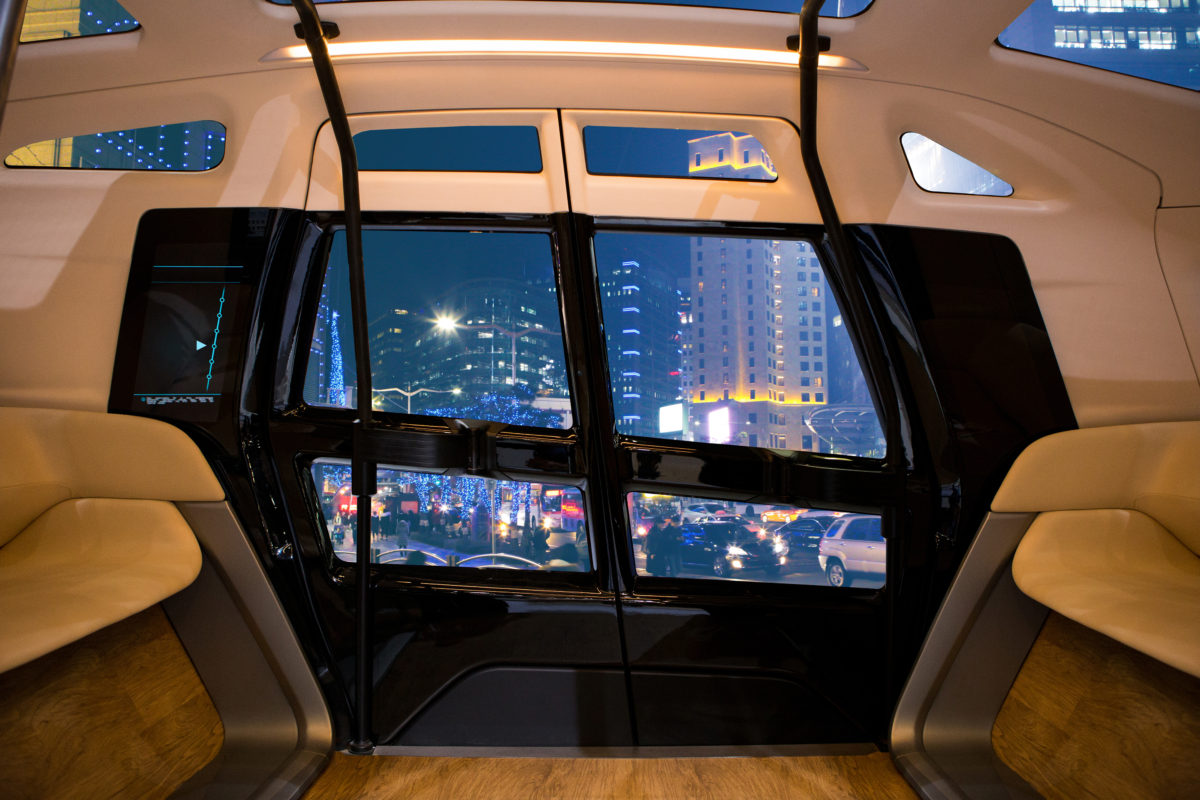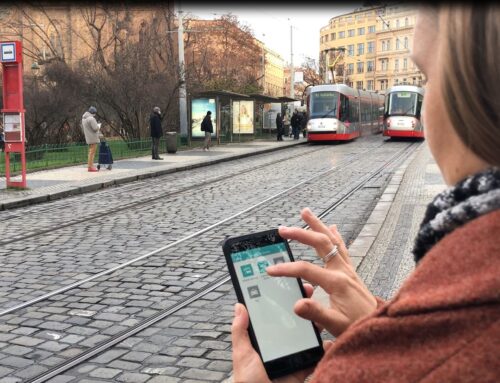We would like to think of mobility as much more than owning a car. We want a model of shared sustainable mobility that is benefitting everyone. But with autonomous vehicles entering the mobility landscape, the picture is getting far more complicated.
While Americans are busy piloting autonomous cars on the sunny roads in California, Europeans are all about piloting autonomous shuttles in strictly controlled urban settings. While Americans glorify the car and its endless possibilities (when you don’t have to actually drive it), European politicians are proudly forecasting its demise. Our cars are idle, on stand-by in parking lots or garages. Surely there is a better use to them, they say.
At a recent conference on autonomous vehicles organised in Brussels by the International Organisation for Public Transport ( UITP) , Professor Markus Friedrich presented the results of his studies of the urban mobility mix in Stuttgart. In the Stuttgart region 2.7 million inhabitants own about 1.6 million cars. Unsurprisingly, up to one third of these cars are never moved in the course of the day.
During peak hours in the Stuttgart region, a mere 12% of the existing 1.6 million cars manage to create congested traffic conditions. This makes it evident that we need to avoid adding more private cars to the mix, be they autonomous or not. At the same time, the features of comfort and efficiency are making the autonomous vehicle attractive- and not necessarily to share with others. If the car becomes better, we will want to use it more, not less.
Prof. Friedrich claims that autonomous vehicles will have a positive impact on urban and regional traffic only if public transport is faster, of better quality and if an increasing number of travelers use ridesharing modes voluntarily. This might mean more road tolls, limiting access to the city, and lowering the speed limit to 20 km/h in central-urban areas. It will always imply that we need to create the right balance between what the city needs and what its users prefer. And for that, we still have a long way to go.
By Masha Tarle







